Home » The Benefits of Ointment Mill For the Pharmaceutical Industry
The Benefits of Ointment Mill For the Pharmaceutical Industry
Ointment Mill
The ointment mill is a specialized piece of equipment designed to blend, homogenize, and mill semi-solid substances into fine, uniform textures. It consists of metal rollers that rotate against each other with adjustable pressure to precisely reduce particle sizes and create a smooth and consistent ointment. The primary function of an ointment mill is to mix active pharmaceutical ingredients (APIs) with excipients, ensuring an evenly dispersed formulation that promotes optimal therapeutic outcomes.
Details of Ointment Mill
- Two types: handwheel and digital control gap
- Safe scraper socket, Emergency-stop
- Space-saving desktop models
- Drip tray for easy cleaning
Application: Paint, Adhesive, Battery, Pharmaceutical industry, Cosmetic
Benefits and Advantages
1. Enhanced Drug Stability: One of the primary advantages of using an ointment mill lies in its ability to provide stability to pharmaceutical preparations. The precise scientific engineering of the mill ensures uniform mixing and dispersion, reducing the risk of drug degradation and inconsistency.
2. Enhanced Drug Efficacy: Through the precise and efficient dispersion of ingredients, the ointment mill ensures the homogeneity of medication, resulting in enhanced drug efficacy. This method encourages better absorption rates and therapeutic impact, leading to improved patient outcomes.
3. Customization and Flexibility: Ointment mills offer unparalleled customization options, allowing pharmaceutical manufacturers and compounding pharmacists to develop tailored medications to meet individual patient needs. Dosage adjustments, ingredient substitutions, or even the creation of entirely new formulations become possible, promoting patient-centered care.
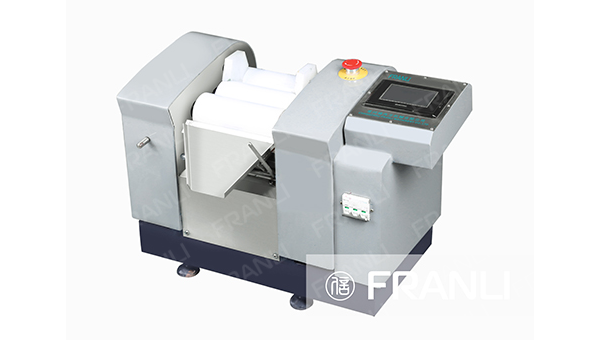
Applications in the Pharmaceutical Industry
The ointment mill finds extensive applications in a wide variety of pharmaceutical contexts, contributing to improved drug delivery systems and overall patient well-being.
1. Dermatology and Topical Medications: The field of dermatology benefits greatly from the ointment mill, as it enables the production of topical medications with enhanced characteristics. Customized ointments or gels prepared using the mill can cater to unique patient needs, such as allergies or intolerances, providing targeted therapy for skin conditions like eczema, psoriasis, and wound healing.
2. Transdermal Drug Delivery Systems: The ointment mill’s ability to reduce particle size and ensure even dispersion makes it an integral tool in the development of transdermal drug delivery systems. By enhancing the absorption and permeation of APIs into the skin, this technology enables the controlled release of medication over an extended period, improving convenience, safety, and efficacy.
3. Compounding Pharmacies: Ointment mills play a vital role in compounding pharmacies where individualized medications are formulated to address specific patient needs. By utilizing this equipment, pharmacists can produce a variety of compounded preparations, such as hormone replacement therapies and pain management medications, optimizing therapeutic outcomes.
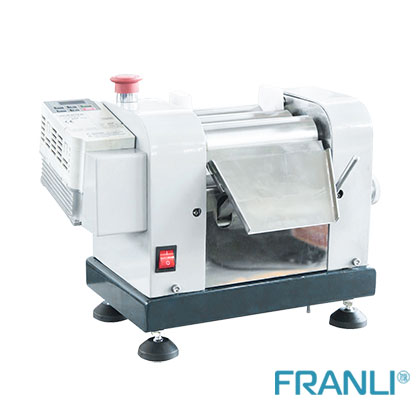
The ointment mill’s impact on the pharmaceutical industry is undeniable. Its ability to enhance drug stability, efficacy, and customization has paved the way for advanced pharmaceutical formulations. As technology evolves, we can expect further advancements in ointment mill design and functionality. For example, the integration of digital controls, automation, and precision engineering could revolutionize the industry’s ability to produce tailored therapeutic solutions.
The ointment mill represents a groundbreaking innovation in the field of pharmaceuticals. Its ability to blend and homogenize semi-solid substances has significantly improved drug stability, efficacy, and customization. As we move towards a future of personalized medicine, the ointment mill will continue to play an integral role in enabling efficacious drug delivery systems. With ongoing technological advancements, the possibilities for further optimization and refinement in pharmaceutical manufacturing are boundless.
Welcome to send inquiry to us and let’s make a win win business together !
Guidelines For Three Roll Mill
Three roll mills are widely used in a variety of chemical industries, from medium to high viscosity productions. FRANLI machine can break open all kinds of pigment, UV ink, offset ink, decorative paints, and Lubricants, it also can catch the greatest fineness in cosmetics/ lipstick and electronics industries.
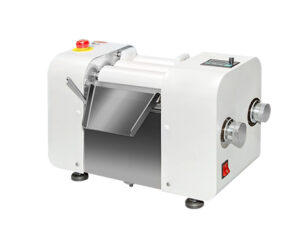
Three Roll Mill For Carbon Black|High Grinding & Dispersion
Three roll mill is the main equipment for grinding colored carbon black, as it is used extensively in rubber, plastics, paints, and inks, and some carbon black is added.
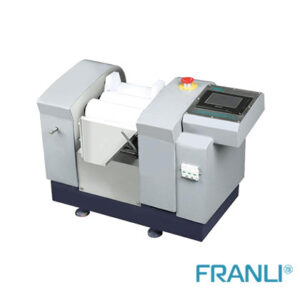
Laboratory Three Roll Mill|PLC Control System & Experimental
The laboratory three roll mill is equipped with the most advanced PLC functions to continuously improve the operability of the most primitive production equipment.

Three Roll Mill For Grease
The three roll mill plays a vital role in the grinding of grease. Grease is essentially a kind of lubricating oil, which is a solid or semi-solid product formed by one or more thickeners through the grinding and dispersing action of a three roll mill.

Three Roll Mill For Attapulgite
Three roll mill is the main equipment for grinding attapulgite. The attapulgite is ground and dispersed mainly because it is a natural colloid. Even if the size of the attapulgite reaches 0.1mm, it cannot be easily dispersed by the machine, so the final state of attapulgite formation has been greatly developed.
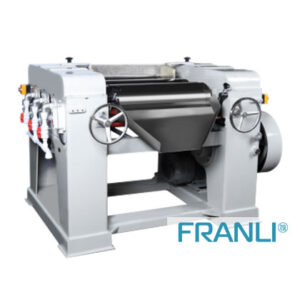
Rolls of a three-roll mill
The three-roll mill is mainly used for grinding materials of various viscosities and is one of the best wet grinding equipment. The dispersing and emulsification effect of the three-roll mill is excellent, especially for ink, paint, colloid, chocolate, plastic, cosmetics, etc., whether it is liquid slurry or paste material, the three-roll mill can work easily.

3 roll mill|Failure of the roll shaft & pulley
The 3 roll mill is a grinding and dispersing equipment, which plays an irreplaceable role in improving the quality of coating products.

